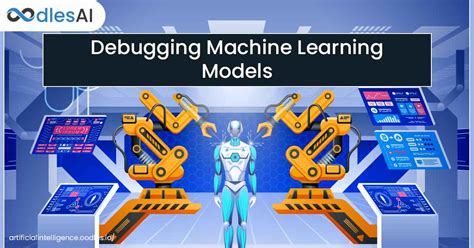In the ever-evolving landscape of machine learning and AI, the NetHack debacle serves as a poignant reminder of the fragile nature of highly specialized systems. The unexpected performance drop of around 40% during a full moon in the game NetHack highlights the challenges of accounting for every variable in dynamic environments. This incident illustrates the relentless unpredictability developers face when training AI models under seemingly controlled conditions.
Machine learning and AI systems are built on the principle of learning from data to make decisions —a methodology that assumes our data encompasses all pertinent variables of the task at hand. In this case, the AI models were trained on gameplay data collected during regular in-game days, omitting scenarios influenced by the full moon. Consequently, when exposed to the full moon variable, AI performance plummeted. This disparity between training data and real-world application elucidates a critical oversight: the intricate tapestry of variables that govern task outcomes.
Training AI on game environments like NetHack, renowned for its complexity and myriad special case scenarios, presents unique challenges. Full moons, typically introducing subtle gameplay changes like increased werecreatures’ aggression, had a profound impact on the model’s performance. This is akin to an athlete trained exclusively under controlled conditions suddenly competing under unfamiliar environmental stressors. The AI’s significant dip in efficacy during these special cases is a stark reminder of the uncharted intricacies embedded within even seemingly understood systems.
One could draw parallels to various historical computer bugs and absurdities, such as the infamous ‘500-mile email’ bug or the ‘can’t print on Tuesdays’ scenario. These cases show similar unpredictability found in human-designed systems. Consider the ‘500-mile email’ where email clients couldn’t send emails beyond this seemingly arbitrary limit due to a peculiar interaction between the client and server clock synchronization issues. Similarly, the ‘can’t print on Tuesdays’ bug, linked to a misconfiguration in the printer software, is another classic tale of unexpected variables producing inexplicable outcomes.
Learn more about the 500-mile email bug.
The NetHack case also reflects a lack of anticipatory planning in machine learning training. Comprehensive training should encapsulate all plausible game states, even those less likely to occur. However, simulating every environment variable within a game replete with intricate rules would demand immense computational resources and time. Running training sessions in Virtual Machines (VMs) with in-game clocks set to cover varied scenarios, including full moons and other special events, could significantly enhance model robustness.
Debugging and troubleshooting AI systems often require nuanced observation. Adopting an approach to visually inspect training data and simulation runs can surface discrepancies that might not be evident through high-level performance metrics alone. Observing how models interact with unforeseen variables during training can uncover critical insights, potentially preempting performance pitfalls before deployment. In the NetHack case, logging detailed run-time data and inspecting edge cases like full moons might have flagged potential issues earlier.
Ultimately, the 40% performance drop in NetHack’s AI model reaffirms the importance of diverse and comprehensive training datasets. It also emphasizes the unpredictability of real-world applications and the necessity of preparing AI models to adapt to unexpected changes. As AI continues to integrate deeper into various sectors, including gaming, finance, and healthcare, building resilience into these systems by accounting for an array of edge cases will be paramount.
AI’s evolution involves balancing resource constraints with the need for extensive, varied training. While it’s impractical to cover every possible scenario, strategic planning and continuous learning mechanisms can bridge the gap. The lessons learned from NetHack should inspire developers and researchers to rethink approaches to AI training, ensuring models are equipped to handle the unexpected nuances of their operating environments.


Leave a Reply